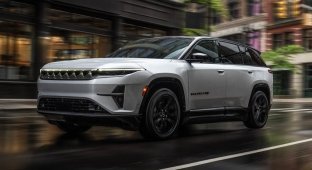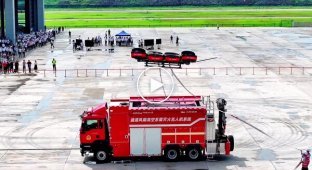The smallest Jeep SUV will be produced in South America, taking into account regional Features (3 photos)
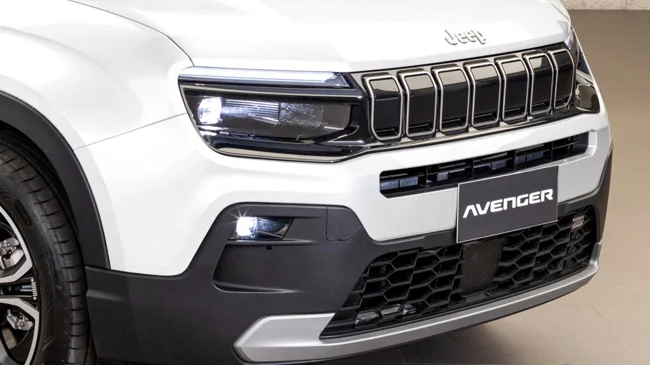
Key moments of the launch of production
Strategic changes in production capacities
Amid the temporary suspension of a number of European plants, Stellantis is intensifying its activities in other regions. The smallest Jeep SUV is entering a new phase - from 2026, the Avenger will begin to be produced in South America at the production site in Rio de Janeiro. The model, introduced in 2022, will now be produced locally for the Brazilian market.
The subcompact model is currently produced in Poland at the Tychy plant, which also produces the related Fiat 600 and Alfa Romeo Junior. The Avenger was created as an entry-level model in the Jeep SUV range, allowing the brand to gain a foothold in the popular European small crossover market.
Expanding presence in South America
From 2026, the Porto Real plant will add the Avenger to its production program, which already produces the Citroen C3, C3 Aircross and Basalt. This move paves the way for Jeep to enter the Brazilian market, the largest in South America and a key one for the small SUV segment.
Stellantis will invest 3 billion reais in the development of the Porto Real plant between 2025 and 2030. The investment aims to expand production, strengthen the supply chain and introduce new technologies in the region. The company has already hired 300 new employees in early 2025 and is preparing to work with five new suppliers. 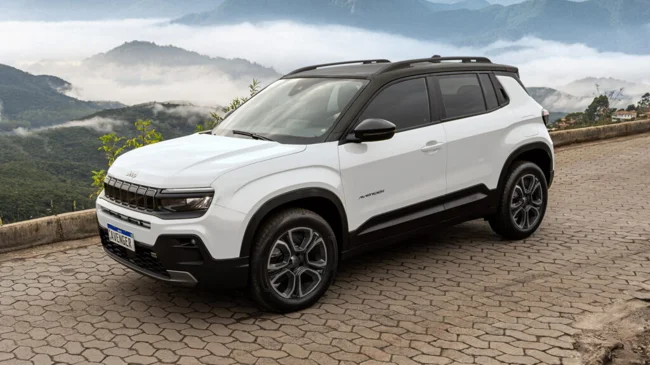
Localization of production
The decision to assemble the Avenger in Brazil was first confirmed in May during Jeep’s 10th anniversary celebration in the country. The new SUV will be the fourth Jeep model to be produced locally, joining the Renegade, Compass and Commander.
Differences of the Brazilian version
The Brazilian version of the Jeep Avenger will reportedly have a number of differences from its European counterpart, due to the needs of local buyers. Although the characteristic exterior design will be retained, and the length of 4084 mm will keep the model in a competitive environment with the VW Tera, Fiat Pulse and Renault Kardian, the interior may feature market-specific features and an updated configuration structure.
The most significant changes may concern the technical part. While the subcompact SUV is currently offered with a turbocharged 1.2-liter three-cylinder engine in conventional and 48V mild-hybrid versions, as well as a fully electric version, the Brazilian model could get a Fiat engine – a turbocharged 1.0-liter three-cylinder unit with a 12V mild-hybrid system and the ability to use fuels with different bioethanol contents. A similar powertrain is already used in the Peugeot 208 and 2008, which are also built on the CMP platform. 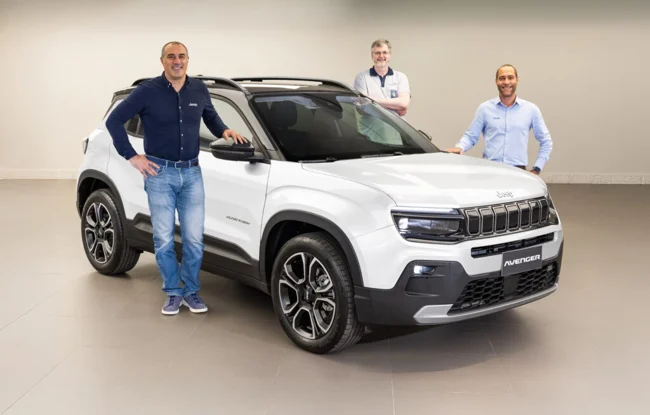
Outlook and Comments
Full details of the Brazilian version of the model are expected to be revealed during the local launch in the coming months. Hugo Dominguez, Vice President of Jeep South America, said:
The Jeep Avenger is a global success and I am confident that it will be a success here as well, as Brazil and Jeep are a perfect fit! We have an incredible heritage and will continue to deliver unforgettable adventures.
The localization of Avenger production in Brazil reflects a general trend among automakers to adapt products to regional specificities. The use of flexible fuels and specific technical solutions could be a decisive factor in the competition for the Brazilian consumer, who traditionally prefers affordable and versatile cars. Stellantis' investment also reflects a long-term strategy to strengthen its position in a key region, which could influence the further distribution of production capacity between continents.













